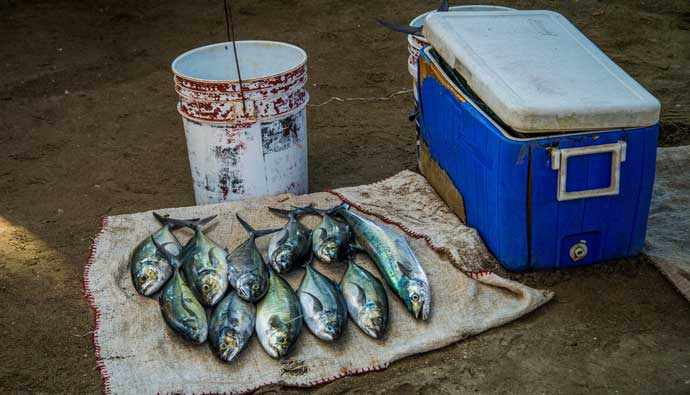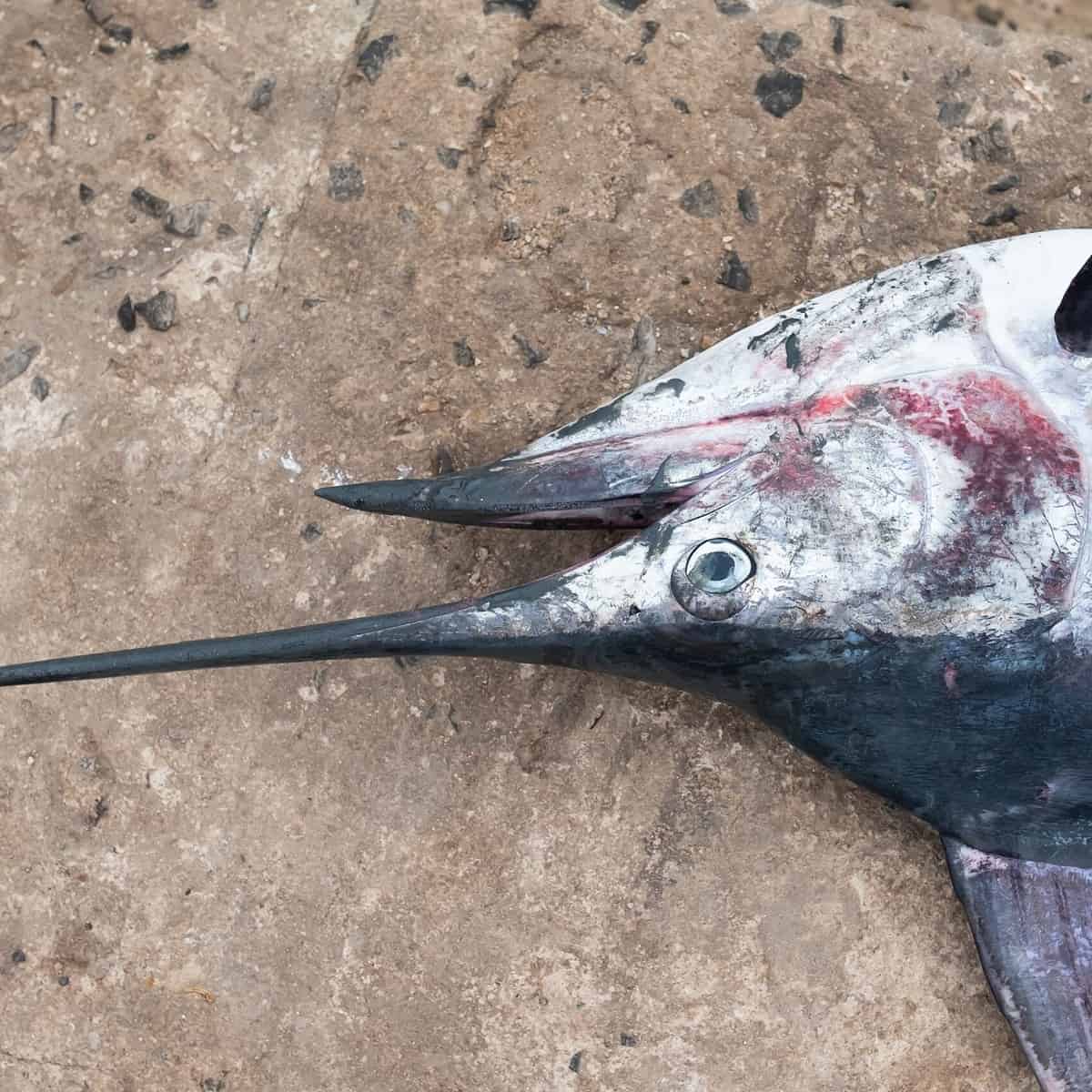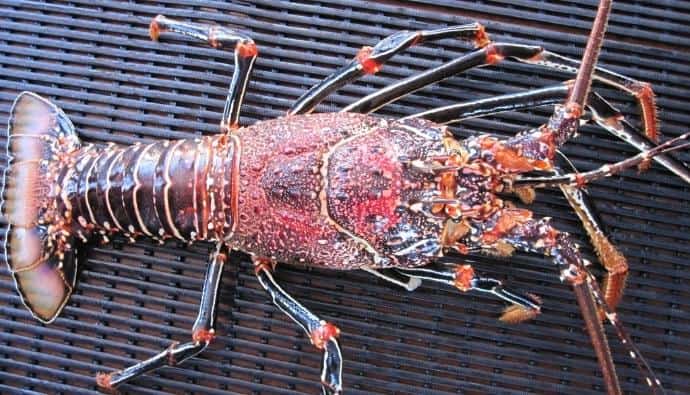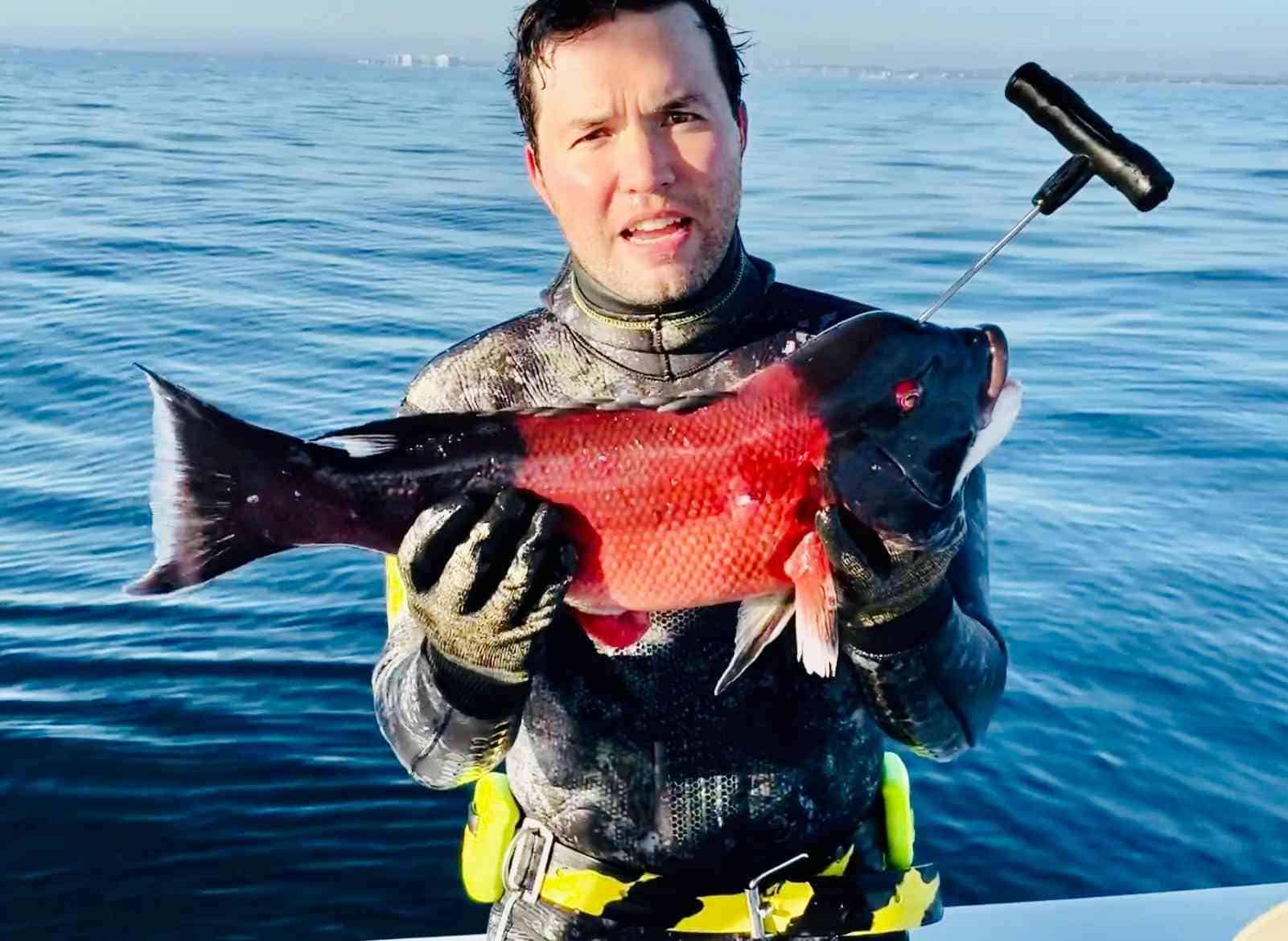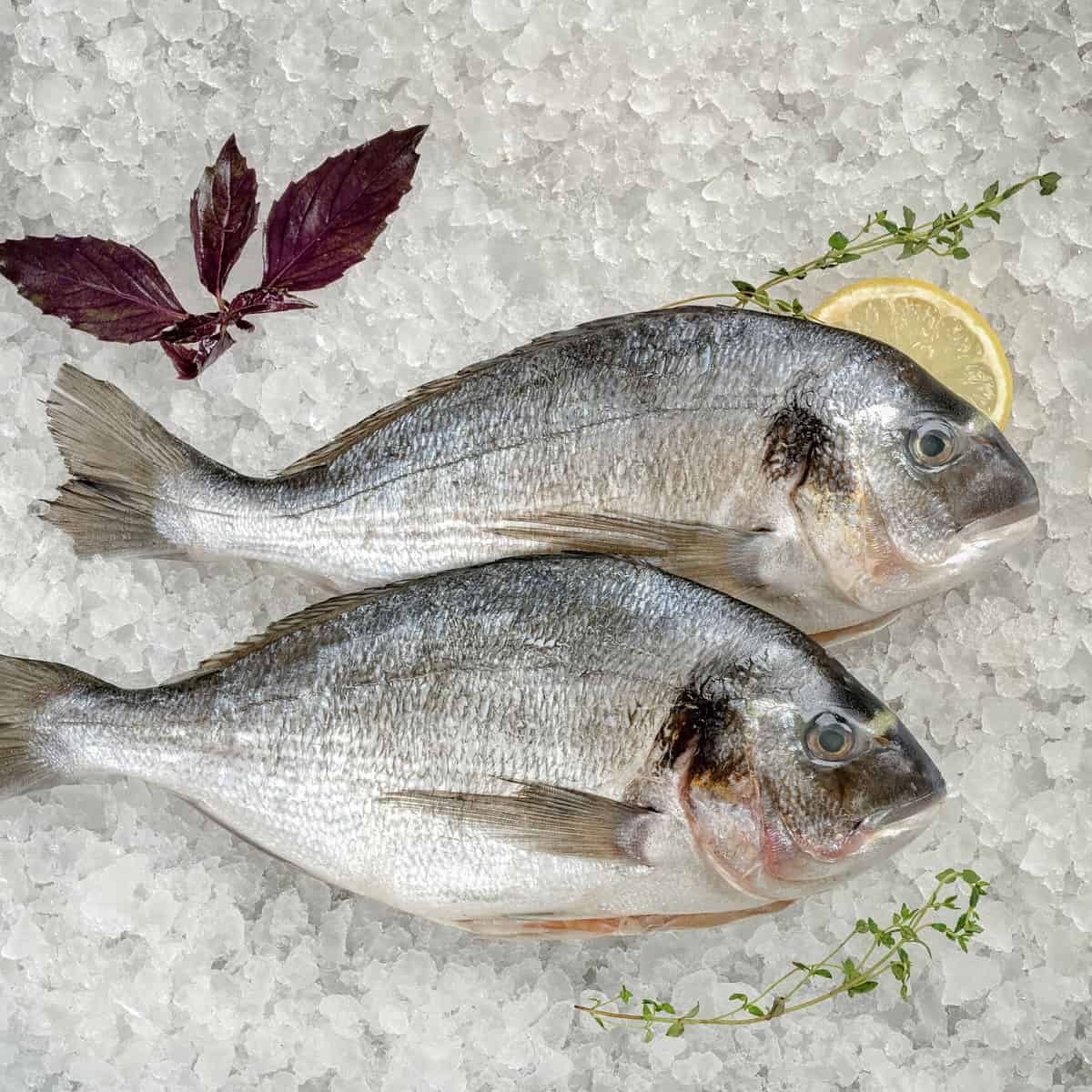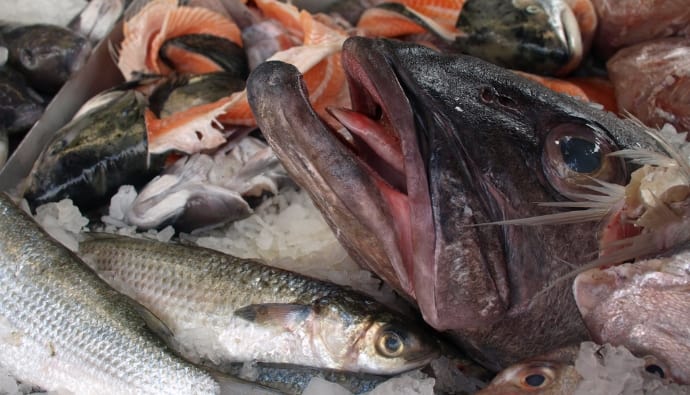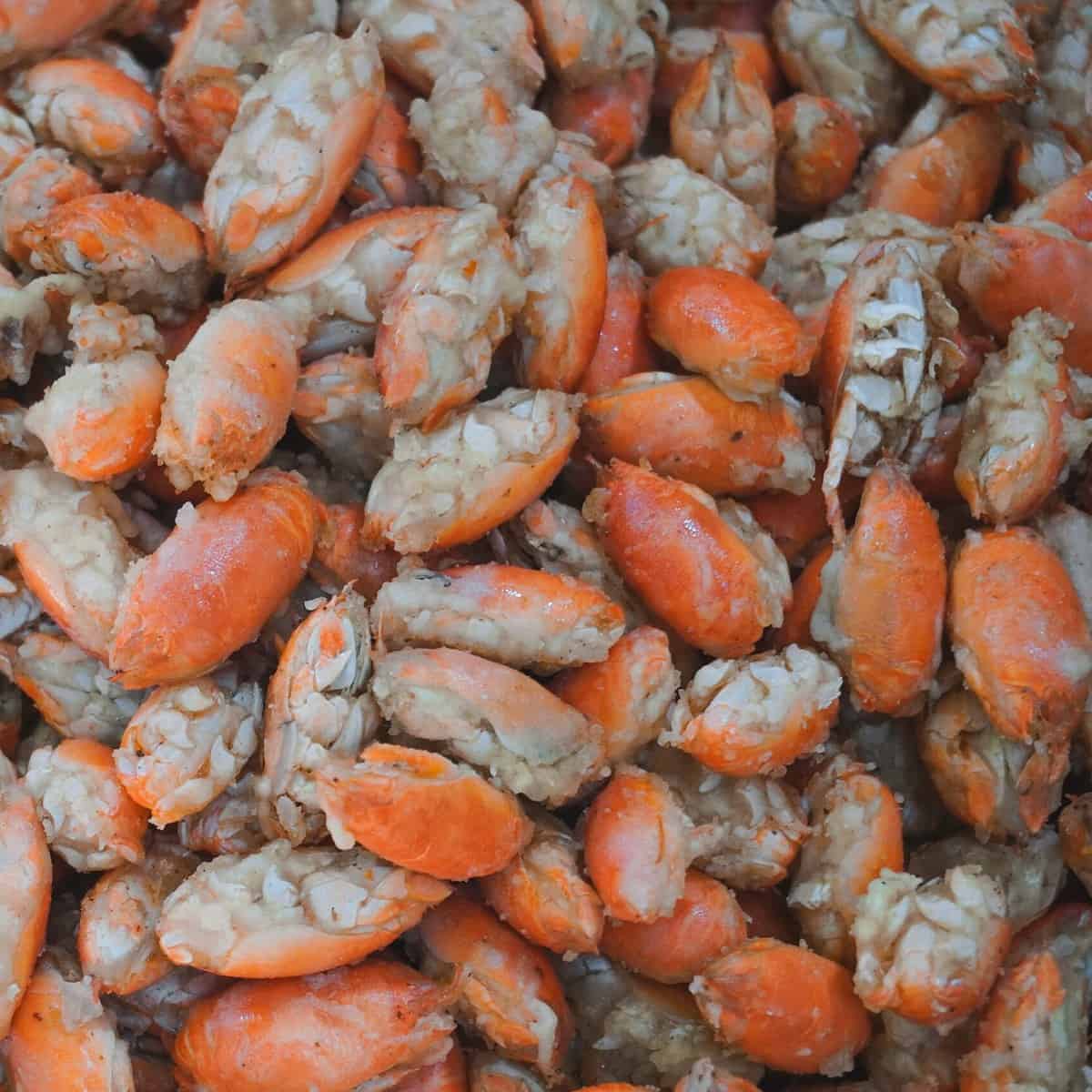If you plan to take home a fish to eat, you should be aware that most anglers do it wrong. I should know because I was one of them. I used to let fish suffocate and rarely put them on ice. Looking back, I’m disgusted with how I treated the fish. In this article, I’ll share everything I know about the best way to keep fish fresh after catching it so you don’t make the same mistakes.
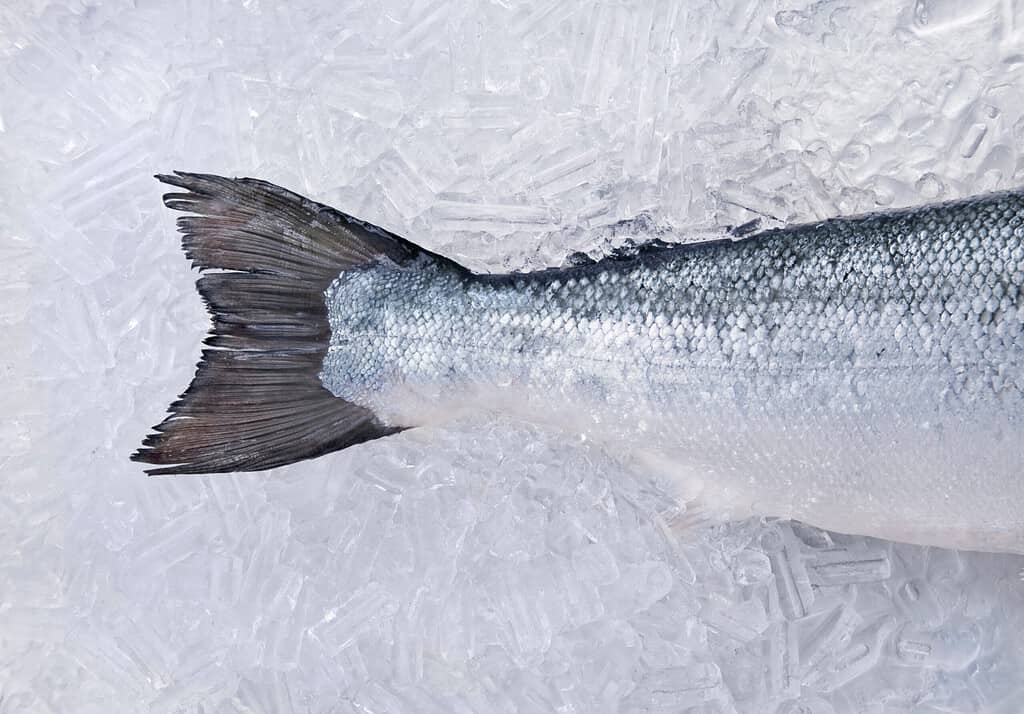
I consider fishing a 4 Phase Process:
- Preparation – What you need for fishing
- Pursuit – The act of fishing
- Preservation – How to care for your catch
- Presentation – How to cook it
This article will cover Preservation since it seems lacking in most fishermen’s skill stack.
Fish Preservation
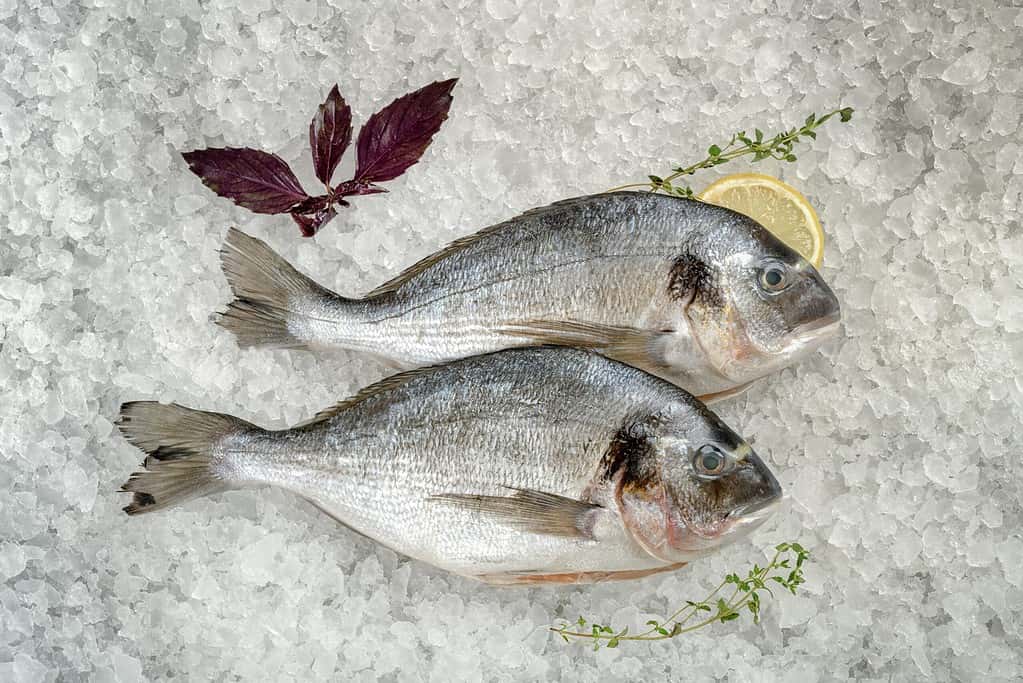
The goal of this phase is to keep your fish in a state that doesn’t stress it to the point the meat degrades.
This means handling the fish in a way that keeps it in water after netting/landing it, then stunning it quickly to stop the nerves from firing.
Stunning is knocking the fish out so quickly that it doesn’t feel any pain as it’s bleeding out. The fish can be stunned in two ways to keep the fish fresh:
Brain Spiking
Puncture the fish’s brain with anything sharp. You can use a blade or an ice pick to accomplish so. To put the fish unconscious, swiftly and securely press the spike.
My favorite tool for this is called Ikejime. It’s a Japanese method of placing the spike quickly through the brain which dispatches the fish instantly. However, the nerves will still fire so it’s important to shinkeijime after which means running a metal wire down the spinal cord.
This might sound barbaric, but it’s not. It’s also how sushi chefs demand their fish to be delivered because it produces the best meat and flavor.
Percussive Stunning
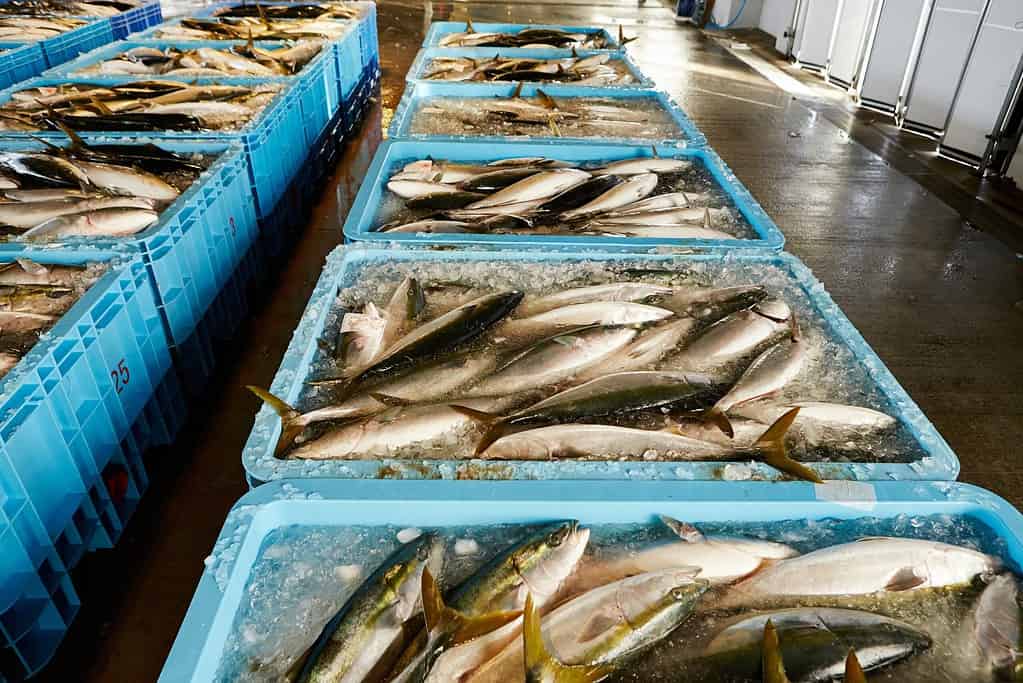
Strike the fish in the head with power and speed. Execute the blow slightly above the eyes, aiming for the brain. If the fish is still conscious, give it another whack.
You can pick up a priest, which looks like a small wooden bat. For large fish, you’ll want to do this before the fish is on the boat so you reduce your risk of injury from hooks and tails jostling around.
Storing Your Fish
When it’s a hot bite, it’s hard to care about storing your fish. However, you don’t have much time in the hot sun to wait without the tissues degrading and the flavor disappearing.
Therefore, here’s how we recommend keeping your fish from spoiling.
Keep Fish in a Livewell
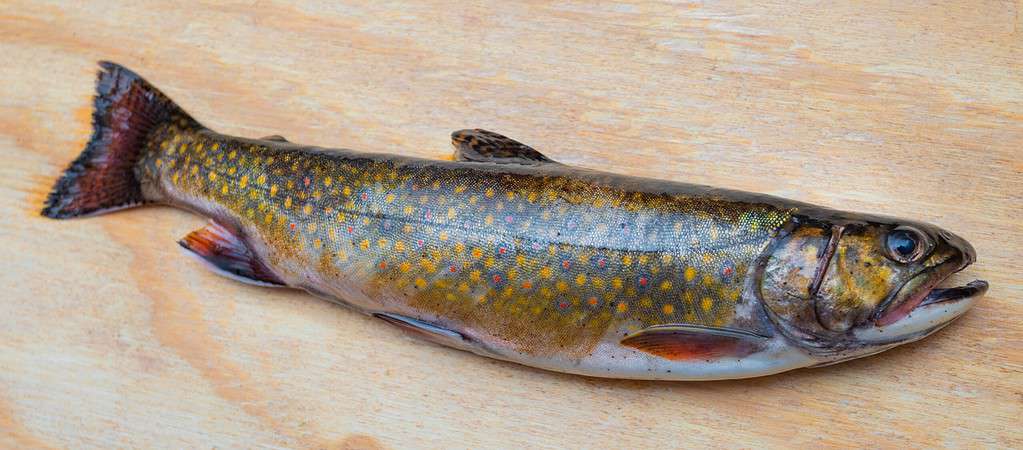
If you have the ability to keep the fish alive in a livewell until you can brain spike them, then do that. However, if you’re putting the fish in stagnant water in a small container, you’re adding stress to the fish and this should be avoided.
If the fish is small, try running a stringer through the gill area to keep them alive. This works well in freshwater lakes and small pools along the river. I wouldn’t do this method in saltwater depending on the environment.
If you’re on a boat and have a livewell, then it’s easy to throw your catch in there until you’re ready to deal with it. Usually, you’ll have fresh flowing water and enough space to keep the fish happy for awhile.
Cooling Down Your Fish
Once the fish dies, the degradation of the tissues start accelerating. To slow this down, use the ikejime and shinkeijime method, bleed the fish, and put the fish on ice.
Using an ice bath with ice and saltwater is ideal. The salt keeps the ice cooler and inhibits bacteria growth. The ice water hits all sides of the fish and doesn’t leave the fish sitting on a direct cold spot for too long.
You can choose to gut your fish at this time as well. If you’re using freshwater, try not to damage the stomach cavity as it’ll open areas for bacteria growth.
You can leave your fish in an ice bath for 2-5 days depending on your cooler. It’s actually better to let it chill for a few days so it can pass rigor mortis.
Dry Aging Fish in a Refrigerator
If you want to get fancy with your fish then try dry aging.
This is the process of hanging your fish in the right temperature and humidity to allow some moisture to leave the tissue. I’m not sure exactly how it works, but having done it I can tell you the texture and flavor of the fish is insanely good.
I’ve dried out the fish with paper towels and put them on a baking rack in the fridge (turning it once a day). If your fish is small, try it for a few days. I once did a 65 pound white sea bass which took a few weeks and it was amazing! I hung that one in my buddy’s commercial fridge by the tail. It was fully gutted and we used a knife to cut off all the scales while leaving the skin to protect the meat.
Freeze Fish
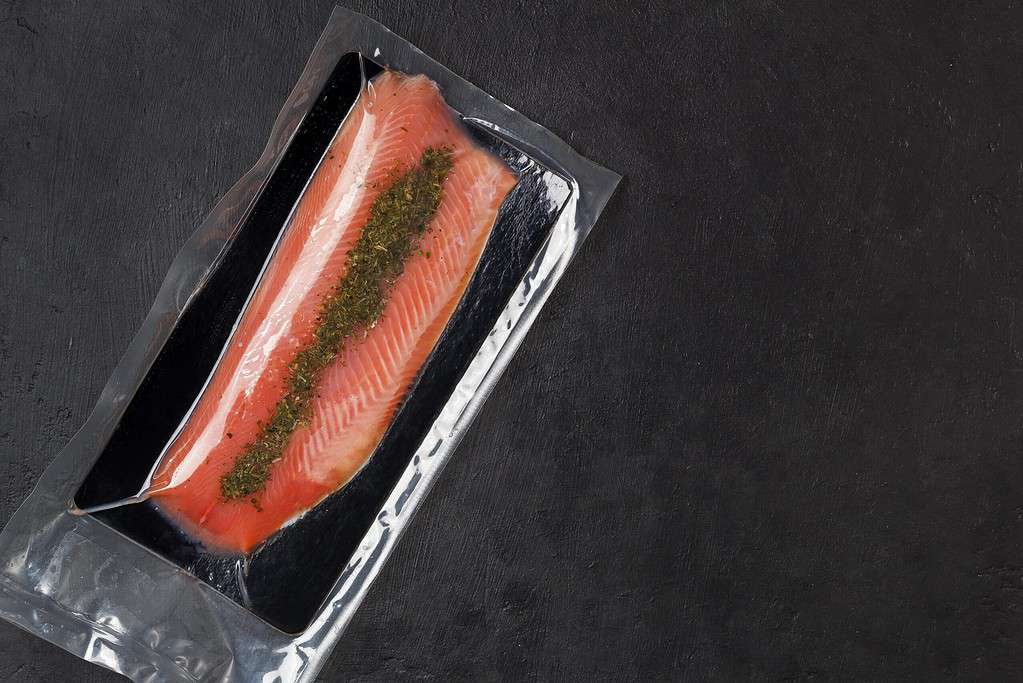
I like to freeze the fish I can’t use right away.
Some people think this is crazy and that all fish should be eaten fresh. When prepared correctly, I’ve seen minimal degradation of the texture and taste of my frozen fish (even after years in the deep freezer).
It all comes down to trying the fillets thoroughly with paper towels. Then place a dry paper towel in your vacuum freezer bag and pull out as much air as possible.
I use a commercial chamber vacuum and have never experienced freezer burn. The models that pull air from the side have worked but not as well or as consistently as a chamber vacuum.
If I eat sashimi from a saltwater fish, I do this process and put it in my -4 degree F freezer for a week before thawing and eating.
Thawing should be slow and in the refrigerator.
The Bottomline
It’s not easy catching fish.
If you’re going through all the trouble to catch high-quality table fare, practice the simple steps that make it taste restaurant-grade.
Your friends and family will thank you for the extra attention to detail.




 Facebook
Facebook YouTube
YouTube